Iconic buildings are more than just structures; they tell stories about history, culture, and human creativity. People often visit these landmarks to connect with the past and marvel at impressive designs. From ancient wonders to modern masterpieces, these buildings stand out because of their unique style and significance.
The top iconic buildings in the world are famous for their beauty, history, and the way they shape the identity of their countries. These landmarks attract millions of visitors every year and inspire architects and travelers alike. They range from castles and cathedrals to museums and skyscrapers, each offering a glimpse into the culture that created them.
Many of these buildings have lasted for centuries, showing the skill and vision of their creators. Whether it’s the intricate details of a Taj Mahal or the bold curves of the Sydney Opera House, iconic buildings leave a lasting impression that goes beyond just their appearance.
Defining Iconic Buildings
Iconic buildings stand out because of their unique design, deep meaning, and advances in architecture. They connect people to important stories and showcase new ways to build.
What Makes a Building Iconic

A building becomes iconic when it is instantly recognizable and distinct. Its shape or features often make it a symbol for a city or country. For example, the Chrysler Building in New York has a crown with a sunburst pattern that many people identify immediately.
Beyond looks, an iconic building is often tied to important events or cultural moments. It carries meaning for many people, making it more than just a structure. It is a landmark that draws visitors and represents a place’s identity.
Historical and Cultural Significance
Many iconic buildings tell stories from the past. They show how people lived, what they believed, or how their societies worked. The Colosseum in Rome, for example, reveals how ancient Romans enjoyed public events and battles.
Buildings like these hold cultural importance by preserving heritage and traditions. They also inspire pride and connection within communities. Because of their history, they invite visitors to learn more and experience different cultures.
Architectural Innovation

Innovation in design and technology often sets iconic buildings apart. Architects use new materials or methods to create structures that were once thought impossible. The Sydney Opera House is famous for its unique shell-like roof, which was a major engineering challenge when built.
These buildings push boundaries in form and function. They also influence future architecture by showing what can be done. Innovations can include sustainable practices, new construction techniques, or creative uses of space.
World-Famous Landmarks
These buildings stand out for their unique design, cultural importance, and role in shaping city skylines. Each has a story that reflects different periods and styles in architecture.
Eiffel Tower
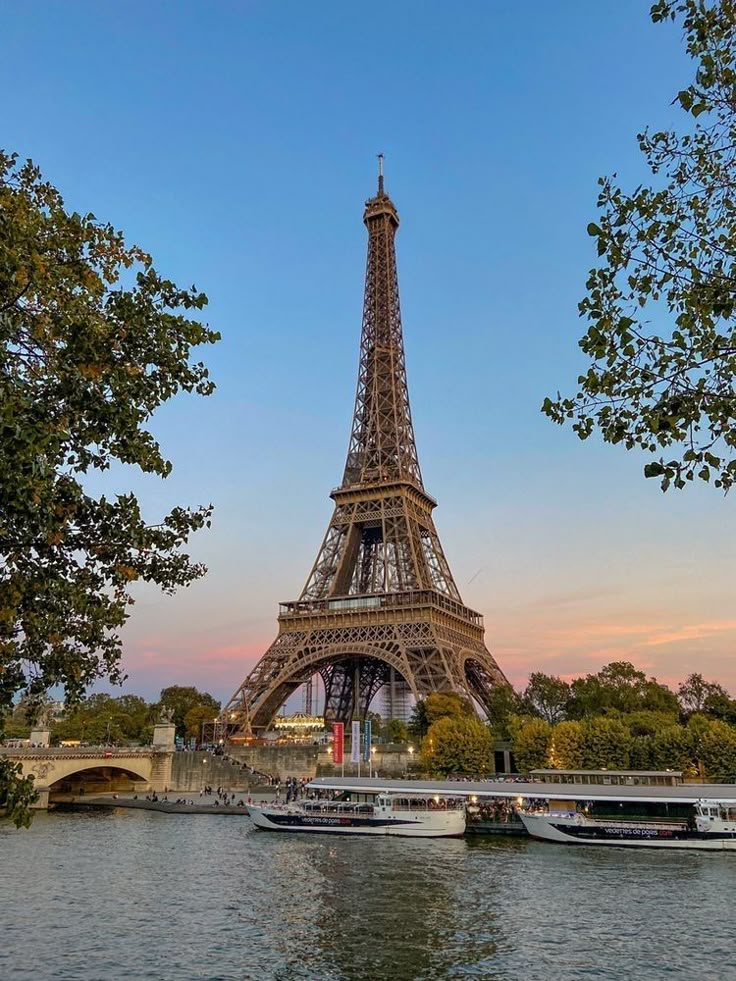
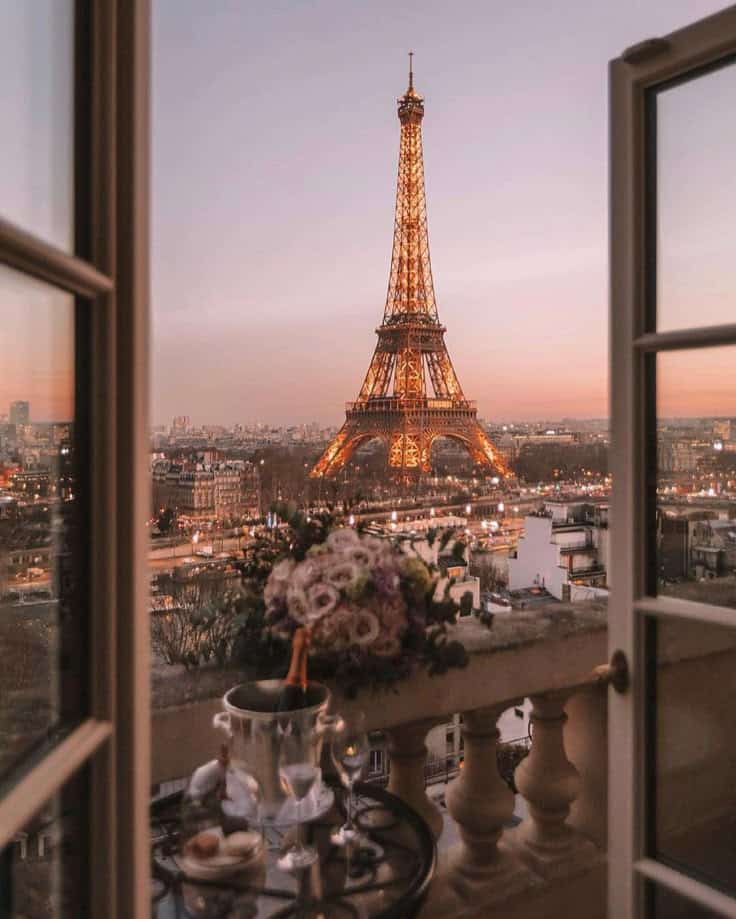
The Eiffel Tower is one of the most recognized landmarks in the world. It was built in 1889 in Paris, France, as a temporary exhibit for the 1889 World’s Fair. Standing 324 meters tall, it was the tallest man-made structure until 1930.
Its iron lattice design was considered daring at the time. Today, millions visit each year to enjoy the views from its three observation platforms. The tower also lights up beautifully at night, creating a stunning sight over the Paris skyline.
Empire State Building
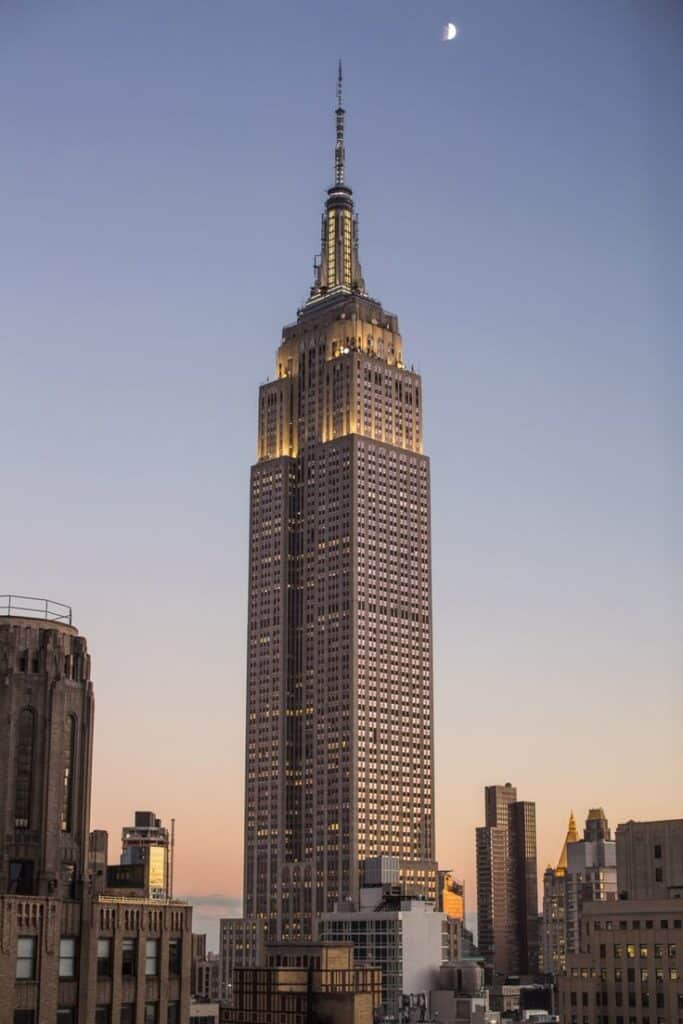

Located in New York City, the Empire State Building was completed in 1931. For decades, it was the tallest building in the world at 443 meters, including its antenna.
It has 102 floors, with an observation deck offering views across Manhattan and beyond. During the day, its Art Deco design impresses, while at night, colorful lights highlight the building, often matching holidays or events.
Sydney Opera House


Situated on Sydney’s harbour, the Opera House is famous for its white sail-like shells. It opened in 1973 and was designed by Danish architect Jørn Utzon.
The building hosts over 1,500 performances yearly, from opera to theater. Its unique shape and waterfront location make it one of the most photographed and visited cultural sites in Australia.
Burj Khalifa


The Burj Khalifa in Dubai is currently the tallest building in the world, standing at 828 meters. It was finished in 2010 and shows off modern engineering and design.
It has 163 floors and includes residential, hotel, and office spaces. Visitors can access observation decks on the 124th, 125th, and 148th floors, offering breathtaking views of Dubai’s skyline and desert beyond.
Historic Wonders Through the Ages
Some buildings tell stories of ancient skill, culture, and human effort that still inspire today. These landmarks show how people from long ago shaped the world with their designs and purposes.
Great Pyramid of Giza


The Great Pyramid of Giza in Egypt is the oldest and largest of the three pyramids on the Giza plateau. Built around 4,500 years ago, it served as a tomb for Pharaoh Khufu. This structure stood as the tallest man-made building for over 3,800 years.
The pyramid was made using millions of limestone blocks, carefully cut and placed without modern machinery. Its precise alignment with the cardinal points shows the advanced knowledge of astronomy and engineering.
Visitors today still marvel at its size and the mystery surrounding how it was built. It remains one of the best examples of ancient architectural skill.
Colosseum
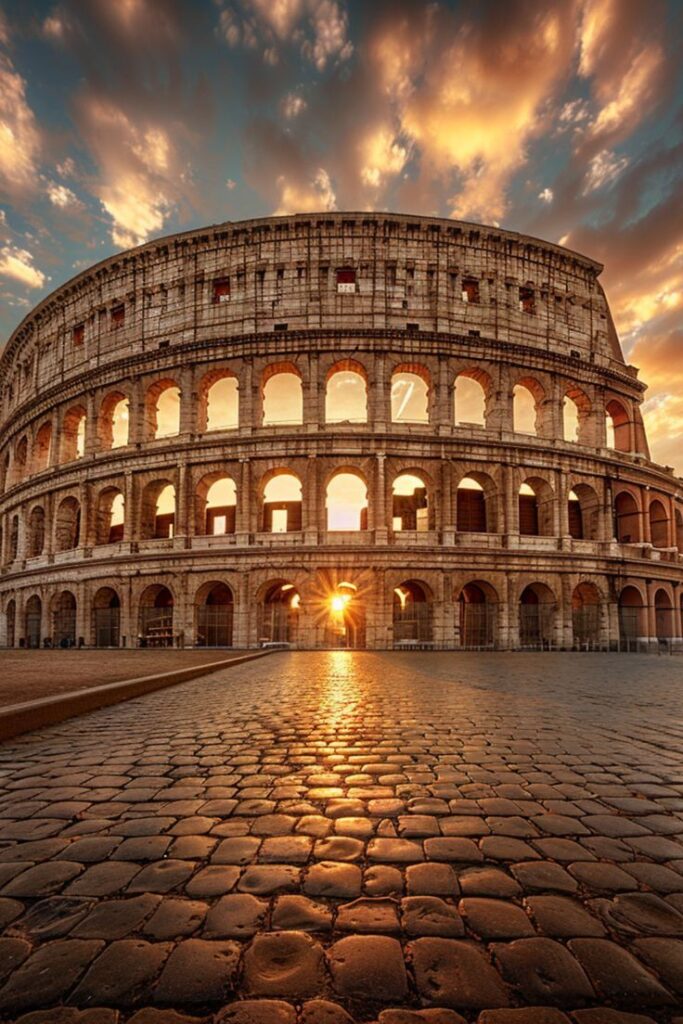

The Colosseum in Rome is an ancient amphitheater that could hold up to 50,000 spectators. Built nearly 2,000 years ago, it hosted gladiator fights, animal hunts, and public spectacles.
Its design includes a complex network of arches and vaults that supported the massive stone structure. The Colosseum’s elliptical shape helped with crowd control and visibility for events.
Despite damage from earthquakes and stone looting, much of the Colosseum still stands. It symbolizes Roman engineering and social life in the ancient world.
Taj Mahal


The Taj Mahal in India is a white marble mausoleum built between 1632 and 1653. It was commissioned by Mughal Emperor Shah Jahan to honor his wife Mumtaz Mahal.
This building combines Persian, Islamic, and Indian architectural styles. The Taj Mahal is known for its perfectly symmetrical design, intricate carvings, and large central dome.
Set beside a reflecting pool and gardens, the Taj Mahal attracts millions of visitors each year. It represents love and artistic achievement from the Mughal era.
Modern Marvels in Architecture
These buildings stand out because of their unique designs and engineering achievements. They showcase how creativity and technology can come together to shape city skylines.
Petronas Towers
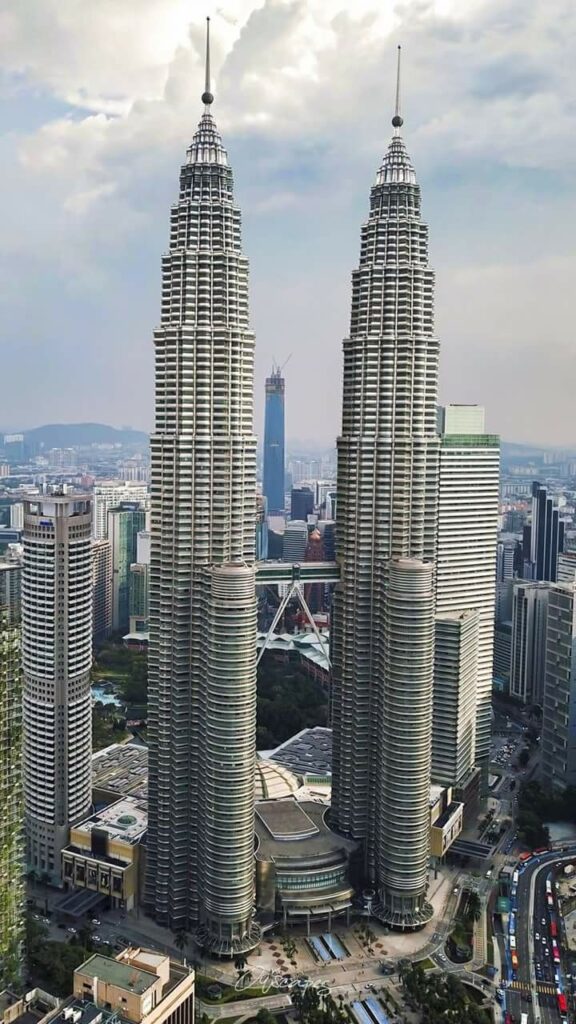

The Petronas Towers are twin skyscrapers in Kuala Lumpur, Malaysia. They were the tallest buildings in the world from 1998 to 2004, reaching 452 meters (1,483 feet).
Their design includes Islamic art patterns, which reflect Malaysia’s cultural heritage. They have 88 floors connected by a sky bridge on the 41st and 42nd levels. This bridge offers safety and structural support.
The towers use a steel and glass facade that shines in the sunlight. They symbolize Malaysia’s rapid development and have become a landmark for the country’s capital.
Shard London

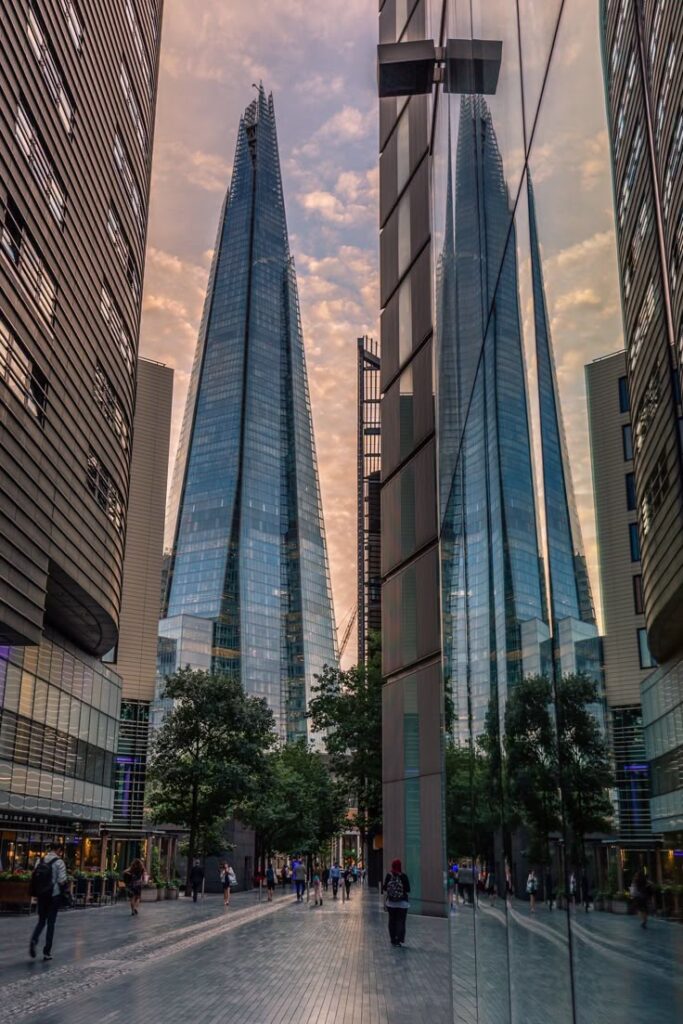
The Shard is the tallest building in the United Kingdom, standing at 310 meters (1,016 feet). It was completed in 2012 and designed by architect Renzo Piano.
The building looks like a shard of glass rising above London’s skyline. It offers offices, residences, a hotel, and a viewing gallery with panoramic city views.
Its glass facade reflects sunlight and changes color depending on the weather. The Shard is known for combining modern style with environmentally friendly technology, such as energy-efficient glass and natural ventilation.
Iconic Religious Structures
These buildings stand out for their unique design and their importance to faith and culture. They attract millions of visitors each year, both for worship and for admiration of their art and architecture.
Sagrada Familia

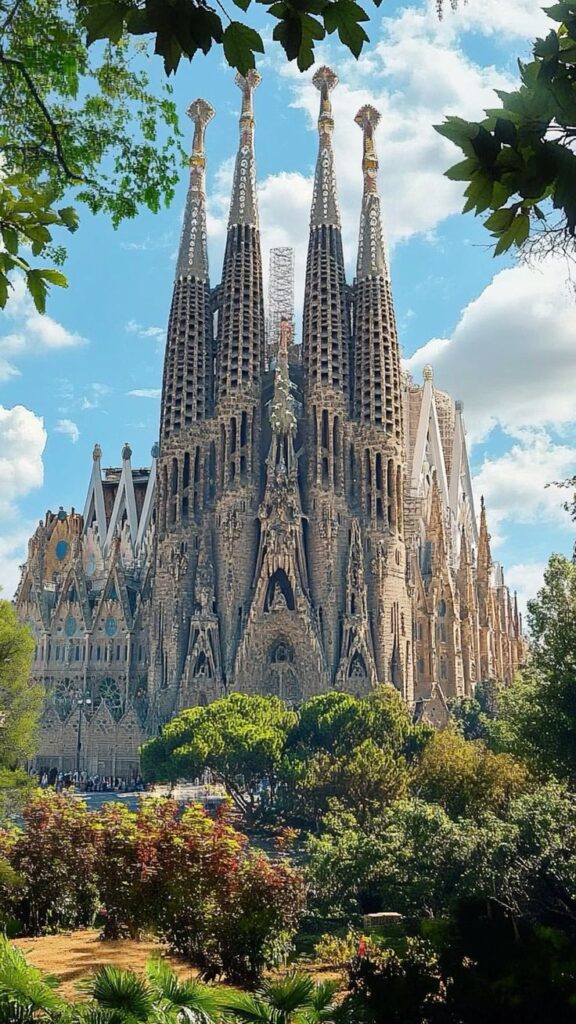
The Sagrada Familia in Barcelona is a famous basilica designed by Antoni Gaudí. Construction began in 1882 and is still ongoing. It’s known for its tall spires and intricate façade filled with symbols from nature and the Bible.
Inside, the church’s columns branch like trees, creating a feeling of being in a forest. This design lets in colorful light through many stained-glass windows. It blends Gothic and Art Nouveau styles in a way that feels both ancient and modern.
The Sagrada Familia is also unique because it’s funded mostly by visitor donations. Once finished, it will have 18 towers, each representing a different Christian figure. It is a UNESCO World Heritage Site and one of the most visited landmarks in Spain.
St. Peter’s Basilica

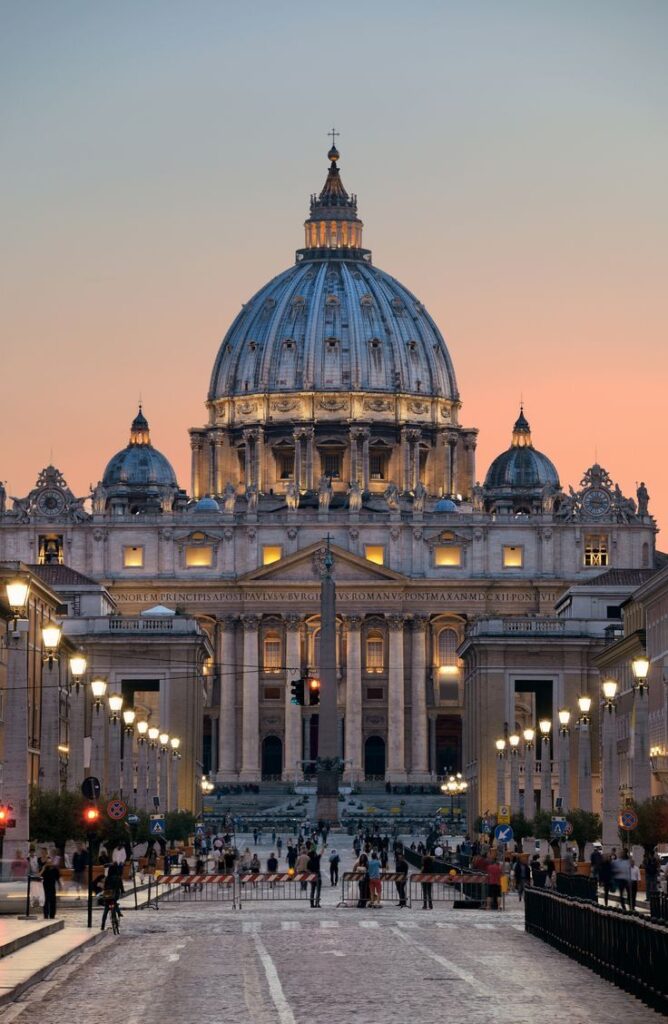
St. Peter’s Basilica in Vatican City is one of the largest churches in the world. It was built over the tomb of Saint Peter, one of Jesus’ apostles and the first pope.
The church took over 100 years to complete, with famous architects like Michelangelo and Bramante involved. Its giant dome is a key feature, dominating the Rome skyline. Inside, the basilica holds many valuable works of art, including Michelangelo’s Pietà.
St. Peter’s Basilica serves as the Pope’s main church and a center for many important religious ceremonies. The vast interior can hold over 60,000 people, showing its role as a major place of worship for Catholics worldwide.
Influential Architects and Their Signature Buildings
Some buildings have become famous because of the architects who designed them. These architects introduced new ideas and styles that changed how people think about space and design. Their work continues to inspire architects and lovers of architecture today.
Frank Lloyd Wright’s Fallingwater

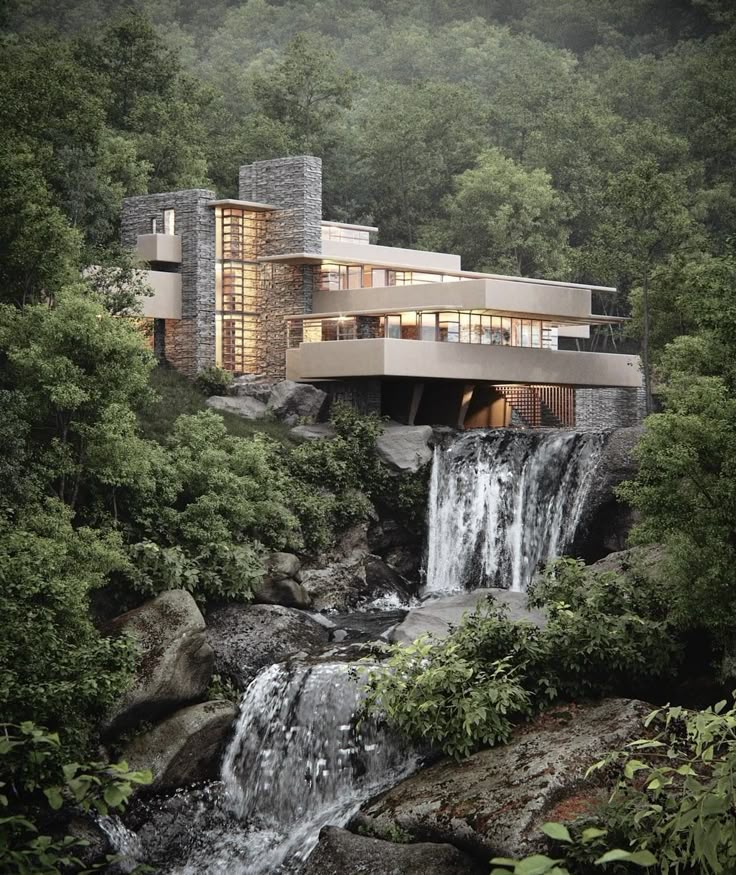
Frank Lloyd Wright designed Fallingwater in 1935. It is famous for its strong connection to nature. The house is built over a waterfall in Pennsylvania, blending the building with its natural surroundings.
Wright used local stone and wide terraces to make the house feel like part of the landscape. The design shows his belief that buildings should fit with their environment, not stand apart.
Fallingwater’s modern style uses open spaces and lots of glass to bring in light and views. It is a key example of Wright’s idea called “organic architecture,” which combines man-made structures with nature in a balanced way.
Le Corbusier’s Villa Savoye
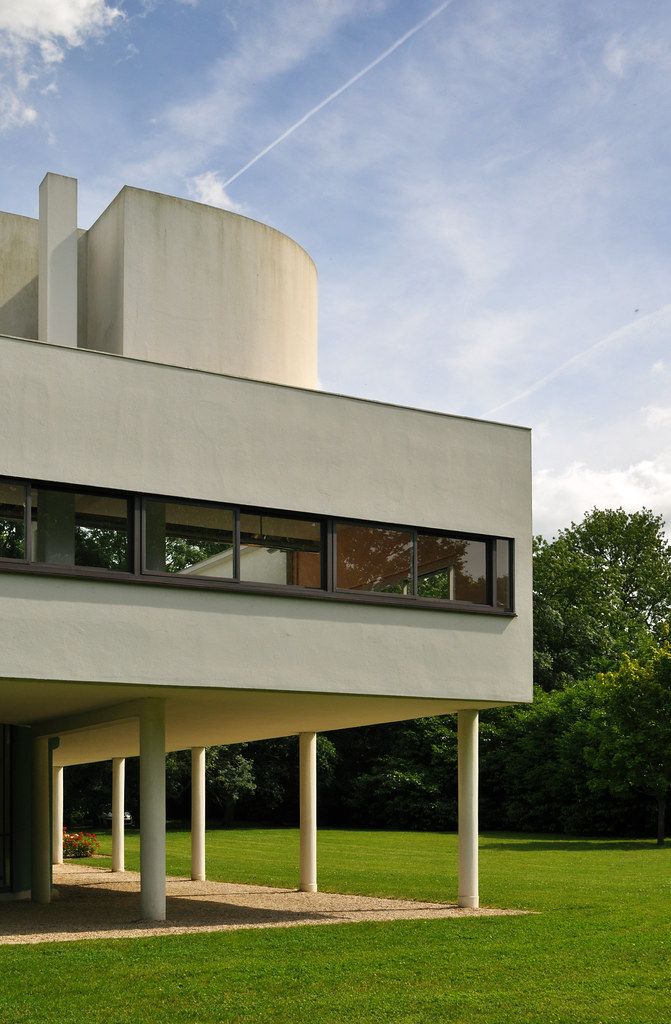
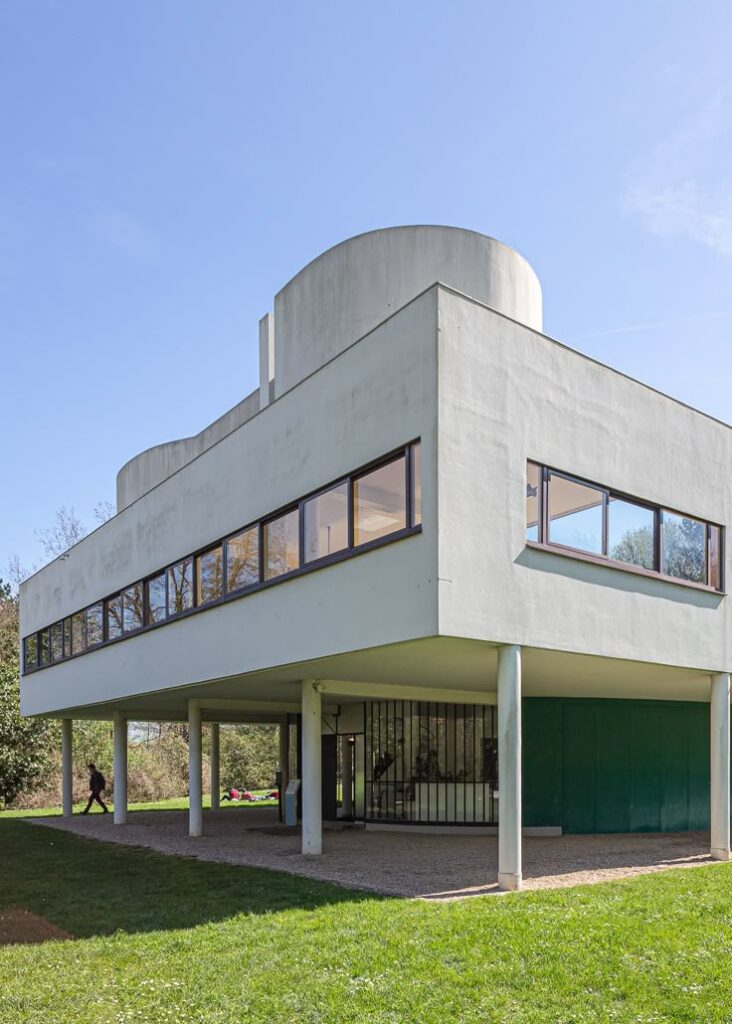
Le Corbusier created Villa Savoye from 1928 to 1931 in France. This building is a key piece of modern architecture and shows his principles clearly.
The house stands on stilts, lifting it from the ground. This creates open space underneath and protects the home from moisture. Its flat roof is designed to be a garden and an outdoor space.
Villa Savoye’s open floor plan and horizontal windows bring in light and make the interior flexible. Le Corbusier used simple shapes and pilotis (supporting columns) to create a new way of designing homes that influenced architecture worldwide.
The Lasting Impact of Iconic Buildings
Iconic buildings do more than just stand tall; they shape the way people see a city or even a whole country. These structures become symbols that carry cultural, historical, and artistic meaning for many years.
Many iconic buildings influence the style of new designs. For example, the Guggenheim Museum by Frank Lloyd Wright inspired architects to think outside the box with curves and open spaces. This shows how architecture can push creativity forward.
Some buildings also affect local communities. They can attract tourists, create jobs, and boost the economy. Cities often use these landmarks to build their identity and pride.
| Impact Type | Example | Why It Matters |
|---|---|---|
| Cultural Symbol | Parthenon, Athens | Represents ancient Greek ideals |
| Design Innovation | Sydney Opera House | Changed how theaters are built |
| Economic Growth | Burj Khalifa, Dubai | Draws global visitors |
Iconic buildings last through time because they connect with people emotionally. They tell stories about history, place, and innovation. This connection helps keep their importance alive for generations to come.
In this way, iconic architecture is not only about beauty. It also leaves a mark on society by shaping culture, inspiring new ideas, and supporting cities in many ways.
- 41shares
- Facebook0
- Pinterest41
- Twitter0
- Reddit0












